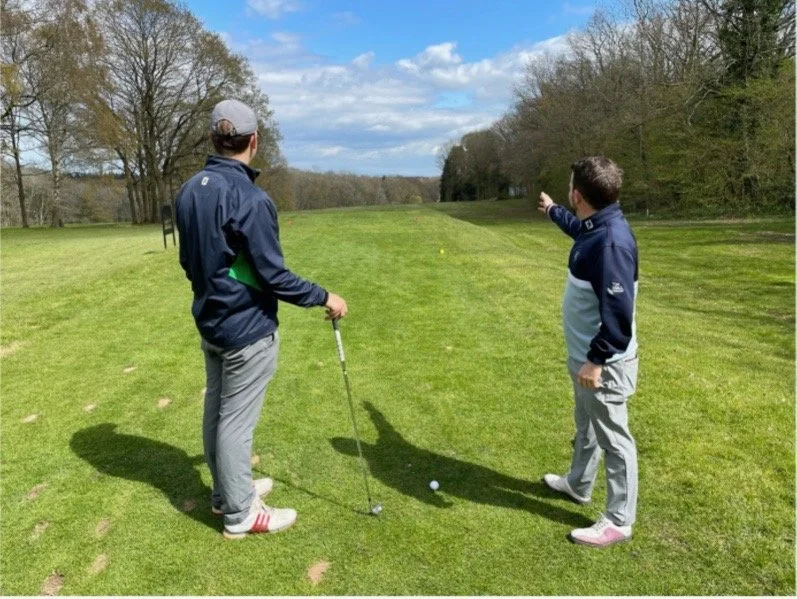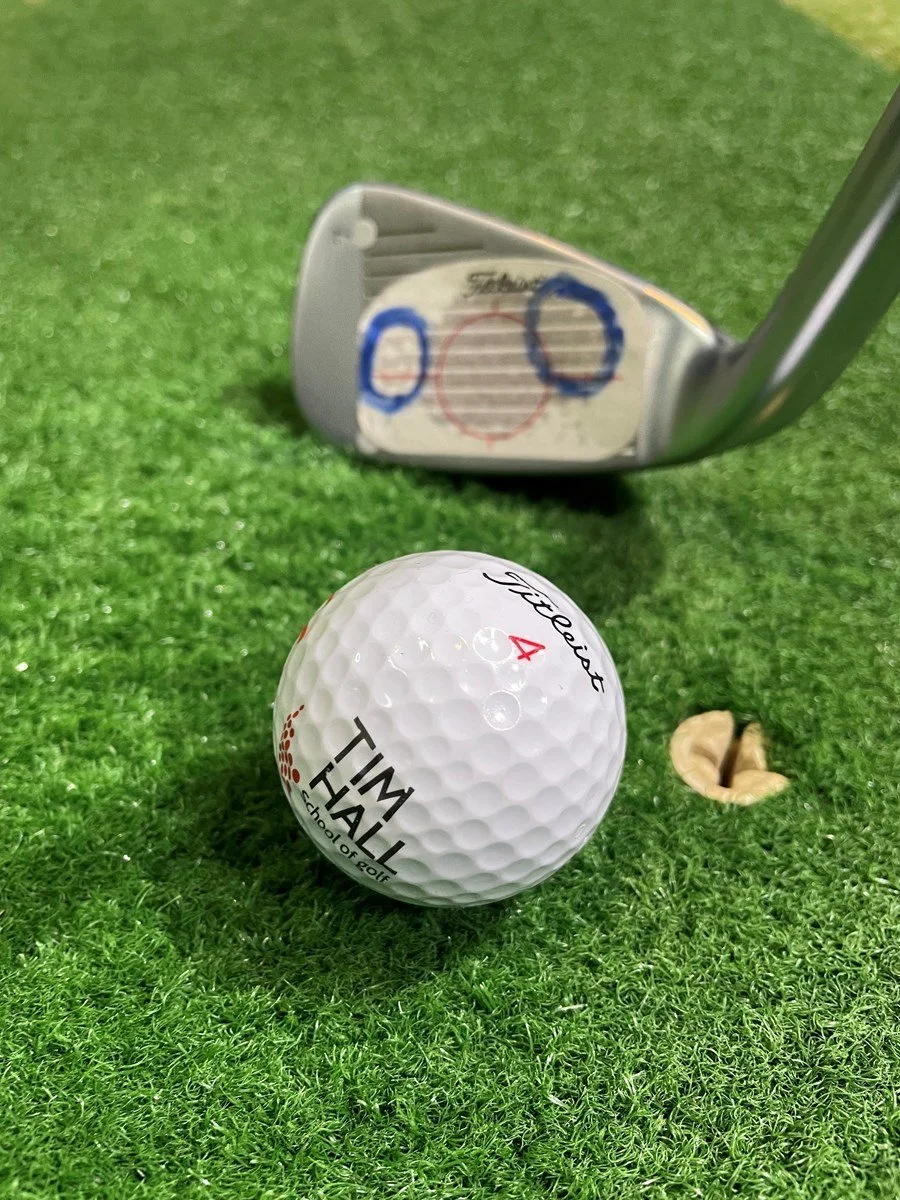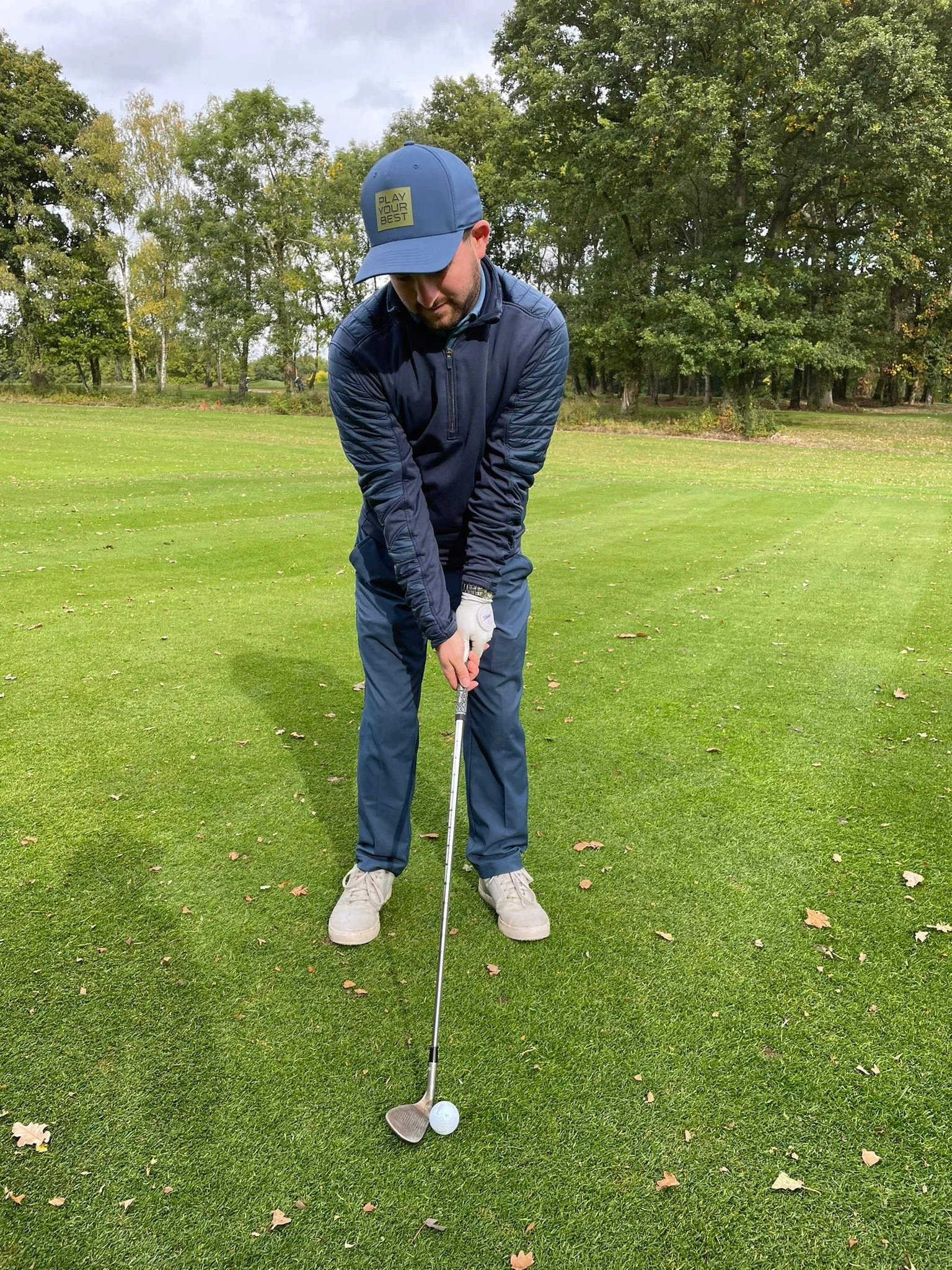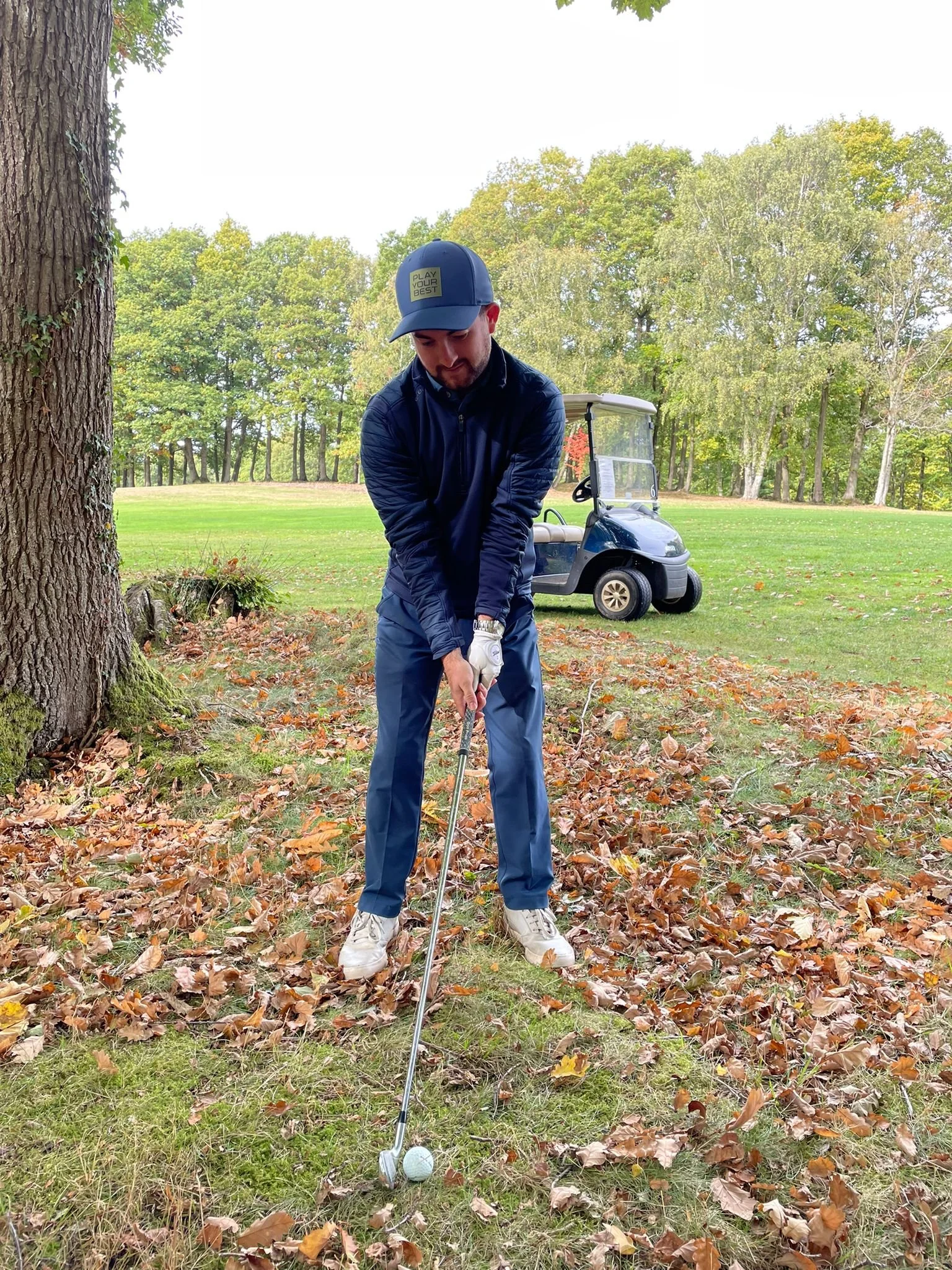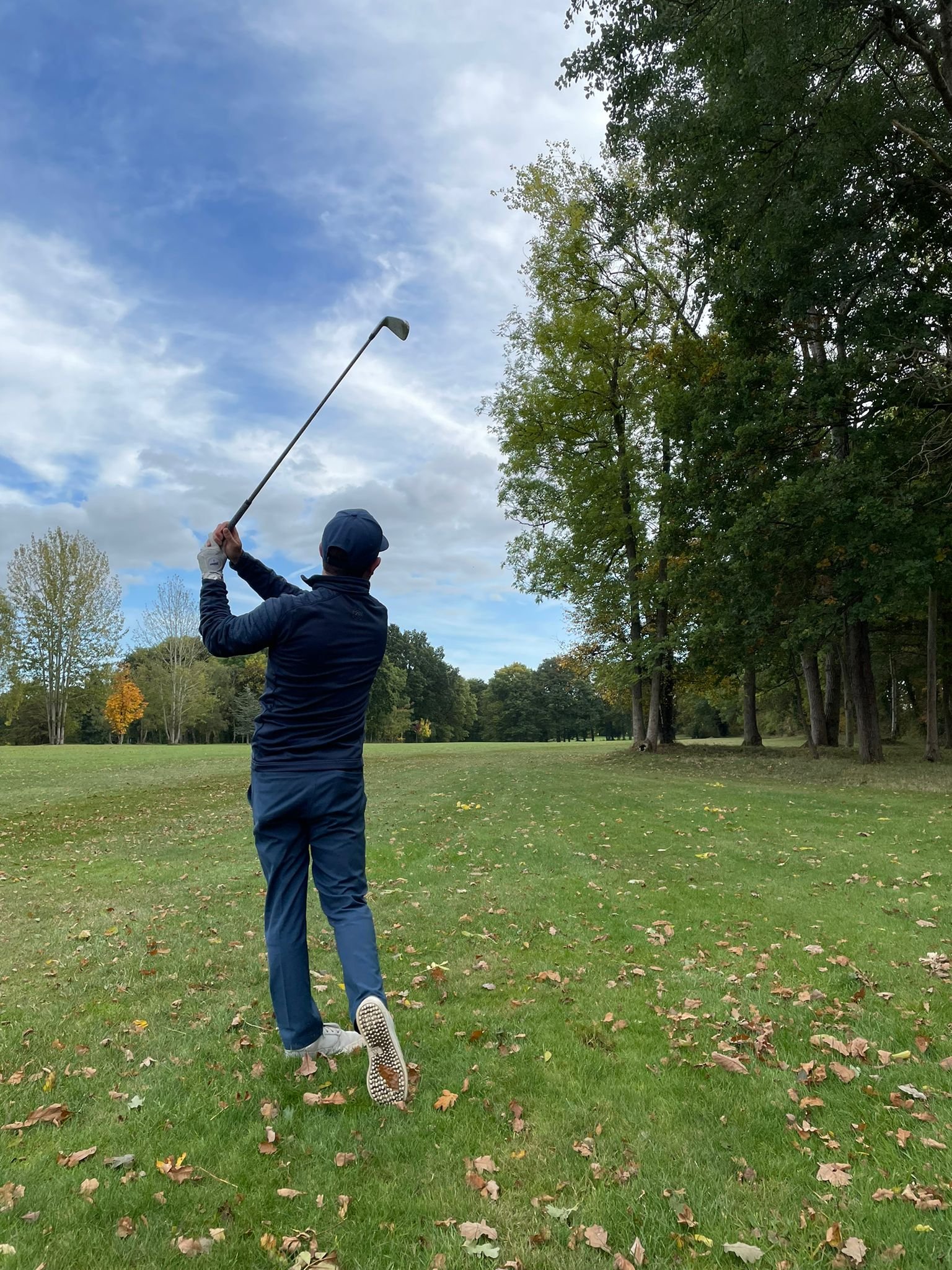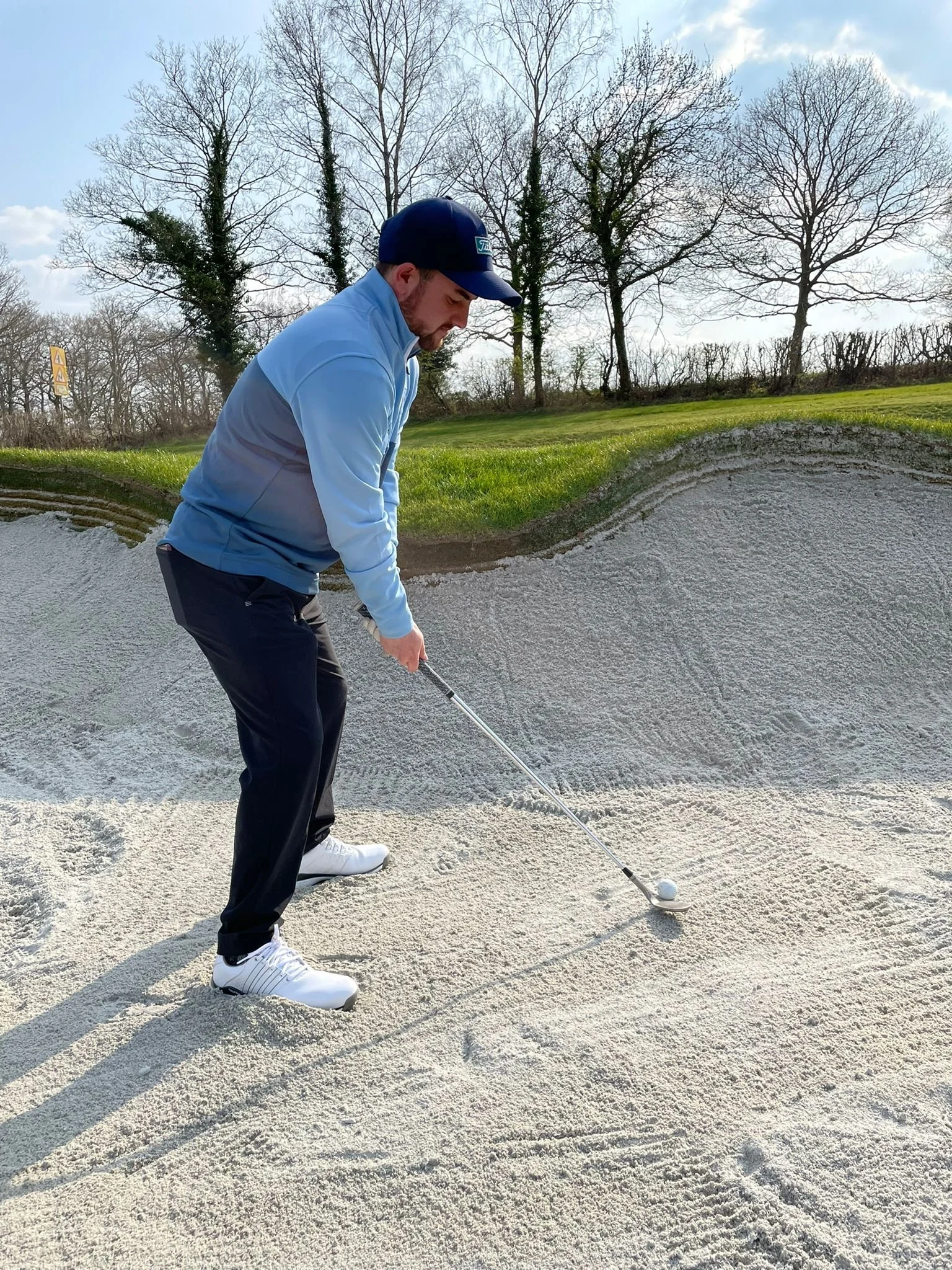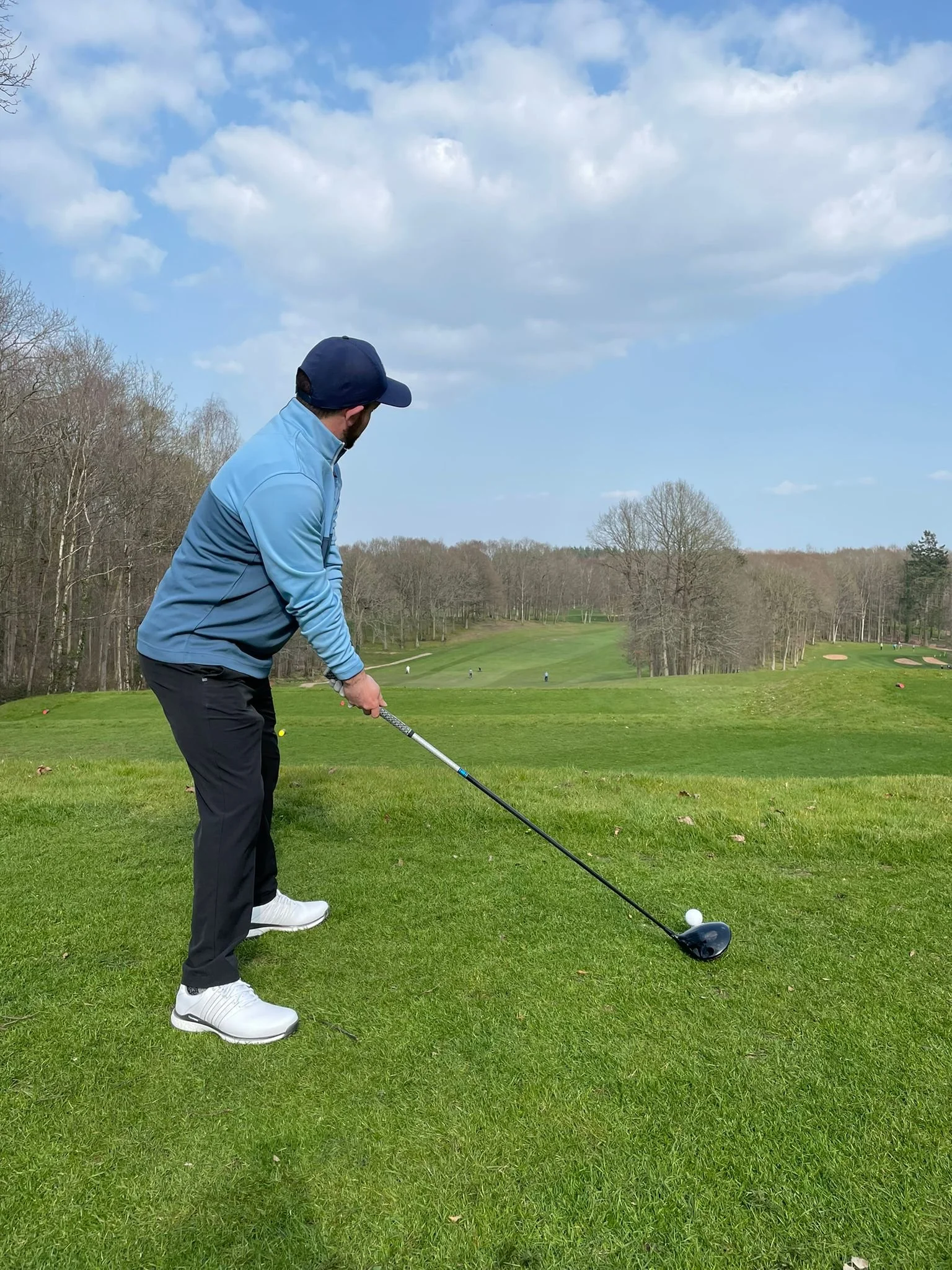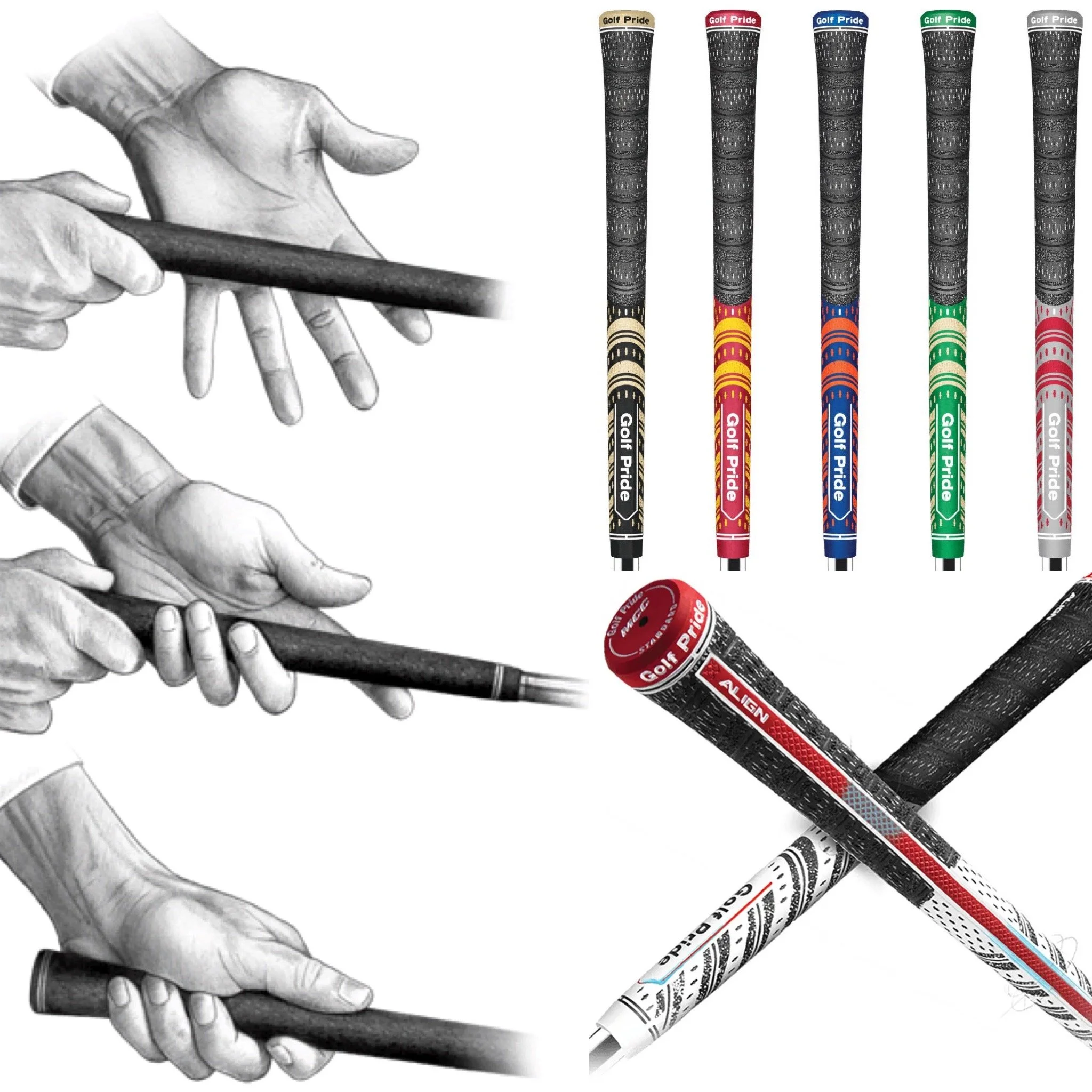Its one of the most anticipated weekends of the coaching calendar for THSG pupils, yes the Short game weekend is back and this year…..BIGGER and BETTER. We are so excited to bring you the very latest theory behind making all shots from 100 yards and in easier for you!! Don't forget the average golfer takes around 75% of his/her shots from 100yards and in......Don’t you think its time to get good at this part of the game!??
If your serious about improving, this weekend simply can not be missed!! Our THSG short game festival which runs from Friday 21st - Sunday 23rd October is your ticket to improvement.
The THSG team have designed an improvement program that caters for all golfers that need help from 100 yards and in. Our sole focus is to offer clinics both on and off the course that cover all aspects of approach play and the short game.
Our clinics will be held in a group format that will be limited to just 6 golfers. Sign up will be on a first come first serve basis. We want to create an interactive learning environment that will help us work closely with each pupil within the group. Our group clinics are always well subscribed so if you want to sign up to any of the below please don't hesitate. We will be charging our normal group clinic of £10 p/p, per clinic.
All weekend we will be doing demonstrations using the new Ping 2023 putter range and the state of the art wedge fitting kit provided by Ping, showcasing their Glide 4.0 and Glide Forged wedge range. If you would like to book a VIP fitting over that weekend, please get in touch.
Here is the Itinerary of the weekend -
Friday 21st October
10am-11am - The Only Bunker Lesson You Will Ever Need..!
If you struggle out of the sand and want to learn more about how easy this shot can become then sign up to this clinic. We will take you through the basics and give you an insight into how the tour players play this shot so well.
Coached by: Zach
CLICK HERE to sign up
11am-12pm - Improve Your Bunker Mentality - Problem Shots
We will cover all shots from greenside bunkers with just one club and explain the reasons why the pros on TV make it look so easy. We will cover plugged ball, high/low shots, playing out of different sands and varying the length of shot.
Coached by: Zach
CLICK HERE to sign up
1pm-2pm - Putting - Learning From The Pro’s
We will take you through the attributes of a great putter and what we can learn from the worlds best. He will explain how you can take these attributes and apply them in your game, helping you hole more putts and improve confidence in your all round game.
Coached by: Zach
CLICK HERE to sign up
2pm-3pm - Putting - Practice Properly Don't Waste Your Practice Time
We are massive on making everyones practice time more useful and new research has certainly showed us that there is a real skill to practising properly. Don't waste you practice time on the putting green, we will take you through the perfect 60 minute practice session.
Coached by: Zach
Full
3pm-4pm - How To Use Bounce When Chipping & Pitching
Understanding the term 'Bounce' and using it in technique could be the secret to unlocking your short game. We will cover all shots in and around the green (inside 30yards) with just one club and explain the reasons why the pros on TV make it look so easy. You will walk away from the session with clarity and a formula that is easy to understand.
Coached by: Zach
CLICK HERE to sign up
4pm-6pm -On Course Problem Shots & Q&A With Zach
Zach will be taking this session out on the course, where it matters…!! He will be covering all shots from 40yards and in. This session will be all about those problem shots, bad lies, low, high, medium shots, in bunkers, over bunkers…..you name it, we will go through it. We will also leave 30minutes for a Q and A back in the clubhouse talking through those key decisions.
Coached by: Zach
Full
4pm-6pm - On Course Approach Shots & Q&A With Tim
This session will be out on the course, looking at approach shots. This will help to tackle wedge shots from the fairway, rough and even trees and help you get the ball closer to the hole and hit the green more consistently from all kind of lies and understand what shot and club to use. We will also leave 30minutes for a Q and A back in the clubhouse talking through those key decisions.
Coached by: Tim
CLICK HERE to sign up
Saturday 22nd October
10am-11am - The Only Bunker Lesson You Will Ever Need…!
Same as above.....
Coached by: James
CLICK HERE to sign up
11am-12noon - How To Use Bounce When Chipping & Pitching
Same as above .....
Coached by: James
CLICK HERE to sign up
1pm-2pm - Distance Wedges - Know Your Numbers
Distance Control is King!! The pros are dynamite when it comes to wedges and distance control is the most impressive part of this and this doesn't just come down to feel, they have a bullet proof system which we will cover in this session. We will cover all shots from 30-100 yards. During this session we will be working with our GC Quad launch monitors so you will have accurate information on your yardages from the key the distances.
Coached by: James
Full
1pm-2pm - Learn how to play the “Putt Chip” Chipping Technique
Ever wondered why it is difficult to putt from off the green and need a bulletproof system to make these shots from just off the green easier. Learning this chipping technique and mastering it with not only a less lofted club like a 7iron but implementing it with any club in the bag can help you get the ball closer to the hole consistently and eliminate some of the dreaded… uh oh shots.
Coached by: Zach
CLICK HERE to sign up
2pm-3pm - Putting - Is your grip holding you back
We see a whole range of grips on the PGA tour, but which are better than others. Zach will take you through the pro's and con's of the different grips in putting. He will explain the importance of grip pressure, placement and how this has a direct influence on the outcome. He will touch on the importance of green reading, positive visualisation, positive self talk, breathing and our think/play box theory.
Coached by: Zach
CLICK HERE to sign up
3pm-4pm - Putting - Green Reading
There are many different methods in how to read greens and this session will look into many different systems in how to read greens. This session will identify a system that works for you and how this can be implemented on the course. This session will also go through difficult breaking putts, double breaking putts and how to read these types of putts. One of the most popular green reading systems on tour, Aimpoint Express will be discussed.
Coached by: Zach
CLICK HERE to sign up
Sunday 23rd October
1pm-2pm - Putting Under Pressure
Take your 'A' game to the course, its what the PGA Tour players do so well!! James will give you an insight into the processes on how to hole those important short putts under pressure and give you tips on how to start the ball on Line more consistently.
Coached by: James
CLICK HERE to sign up
2pm-3pm - Zone In Your Approach Play
Distance wedges is often overlooked in practice but is an area I get asked about all the time. During this session we will cover distance control and give you a system that suits your game, we will delve into the importance of set-up and the key roles they play in controlling shot trajectory. We will also touch on the basic swing principles that we look for in this unique stye of shot.
Coached by: James
CLICK HERE to sign up
3pm-4pm - Improve Your Bunker Mentality - Problem Shots
Same as above
Coached by: James
CLICK HERE to sign up
